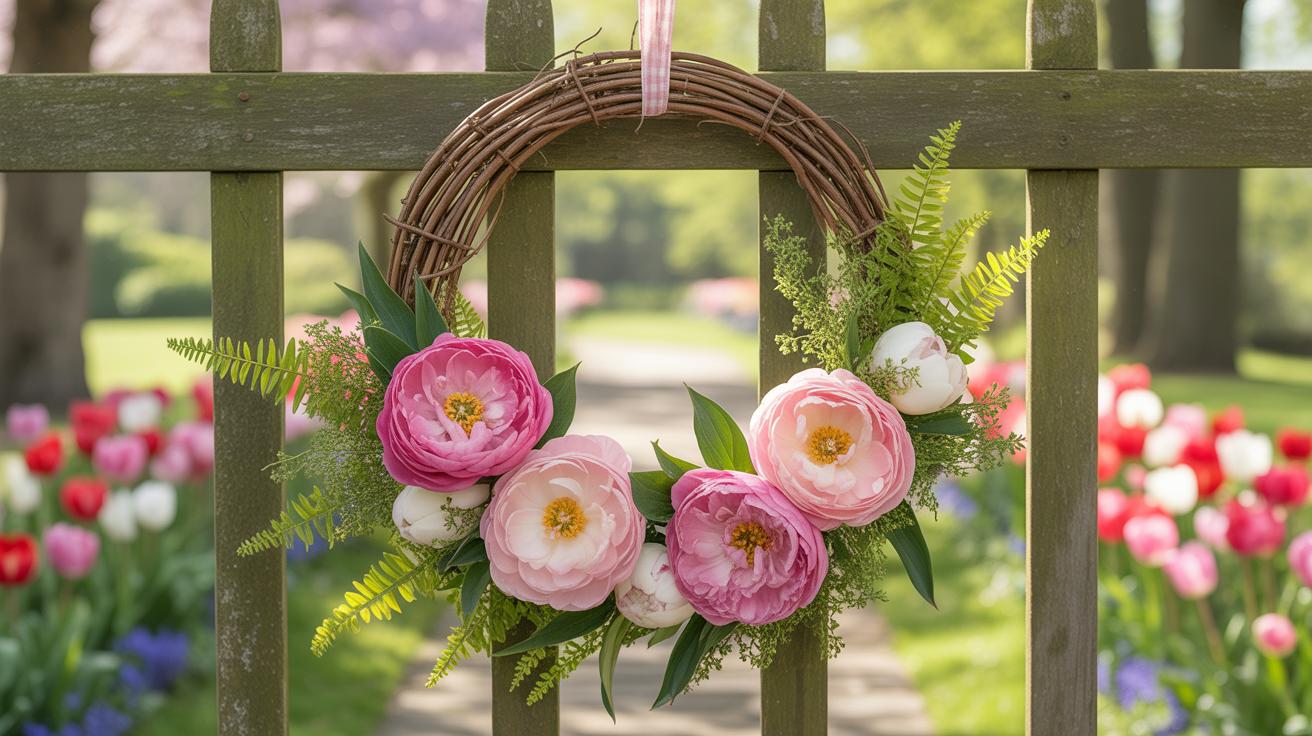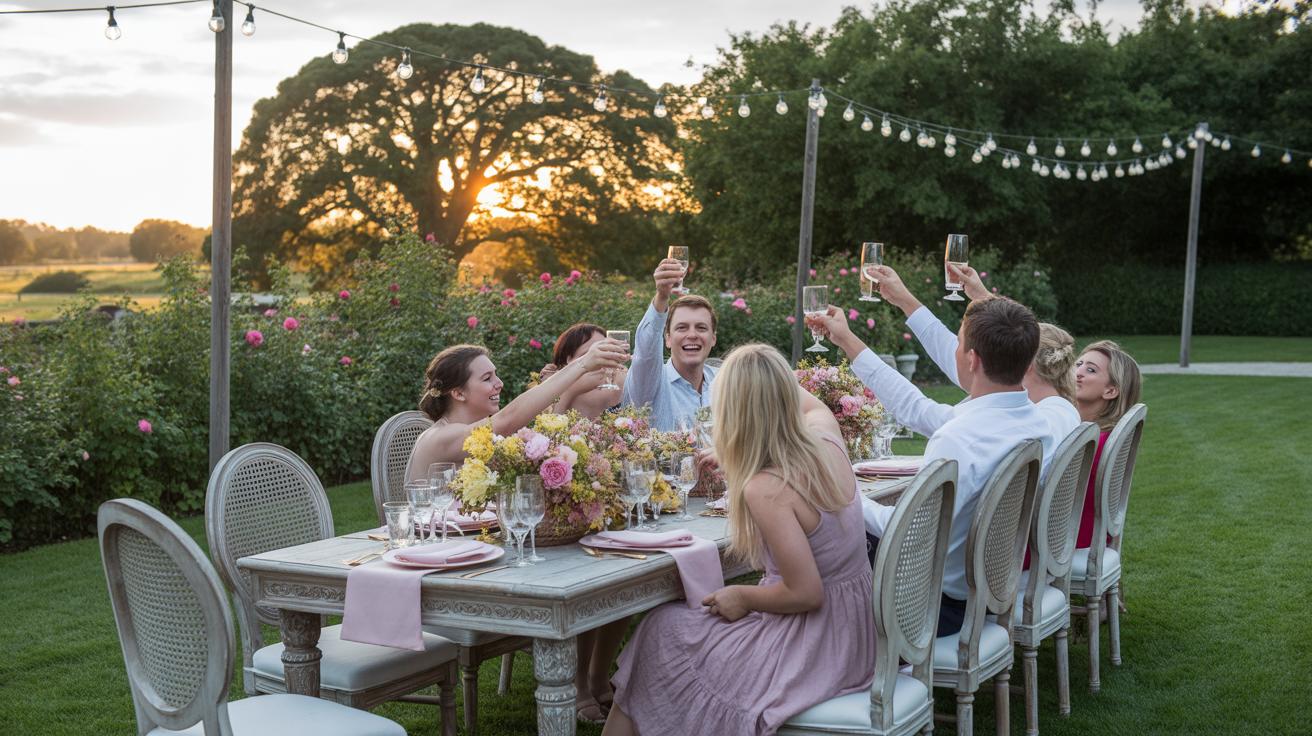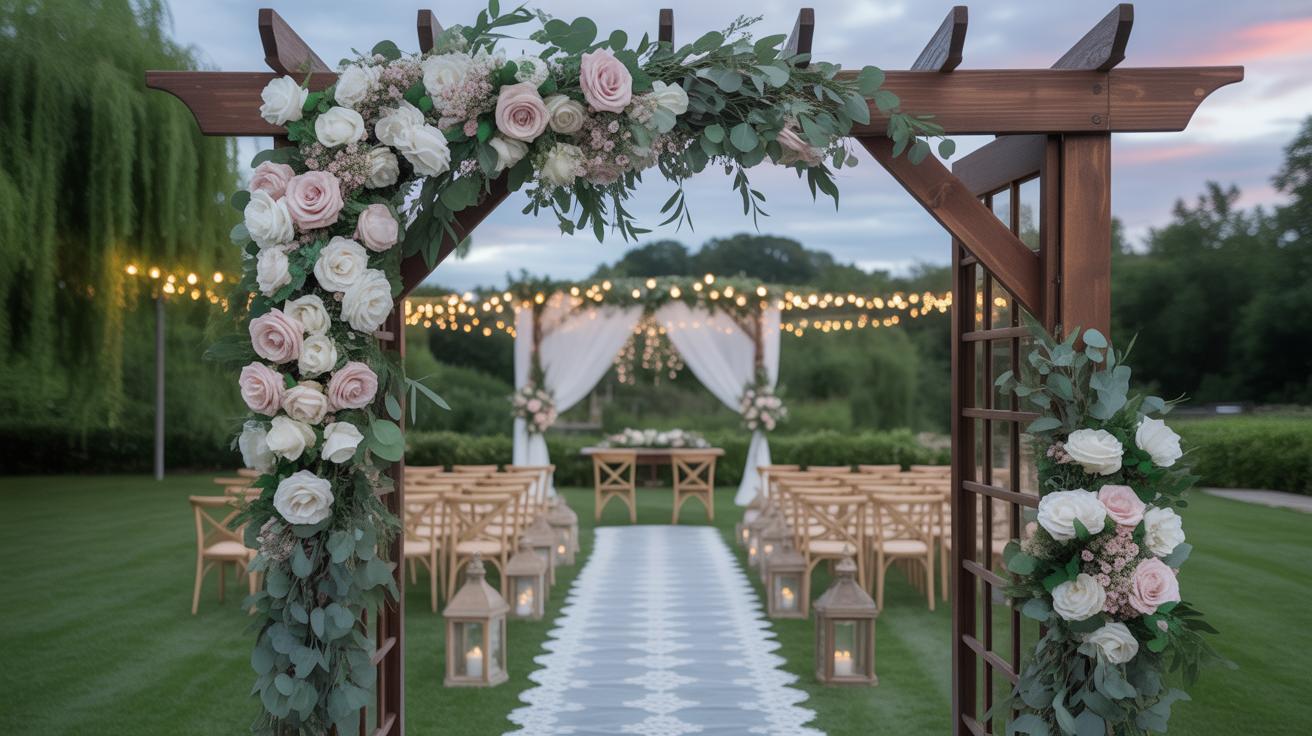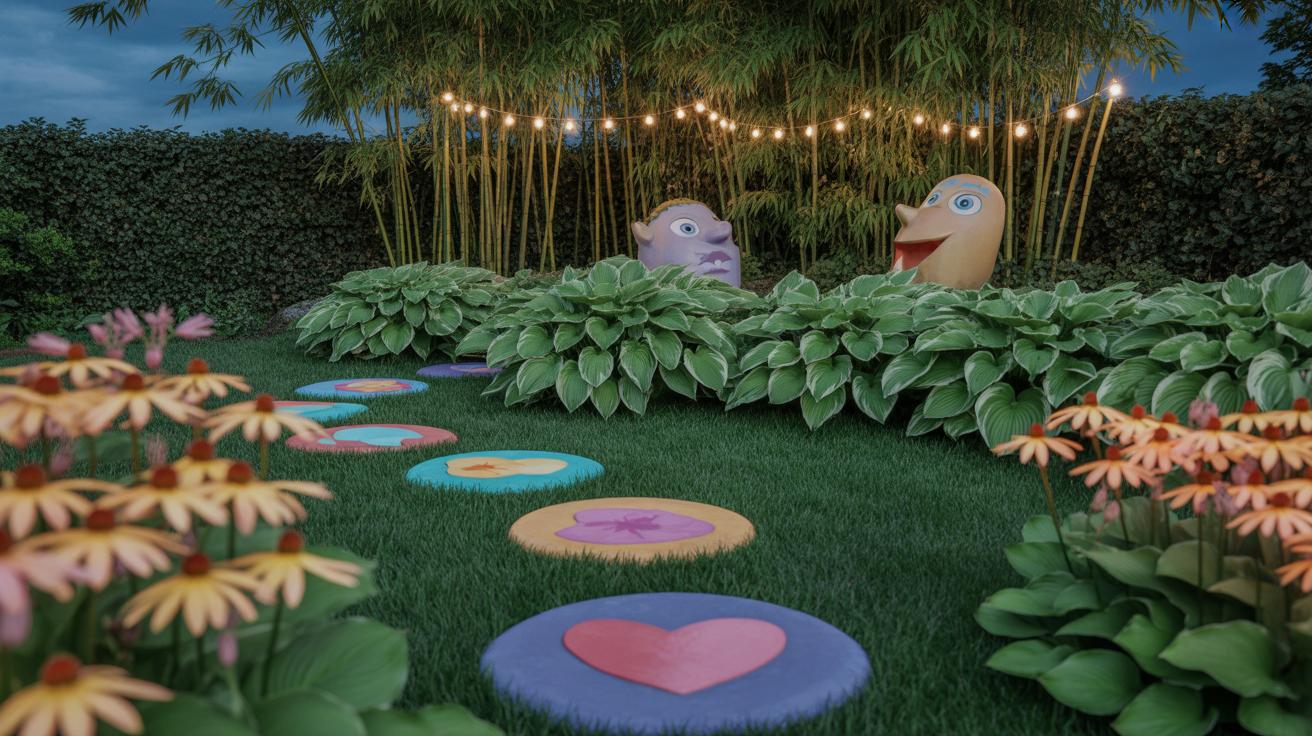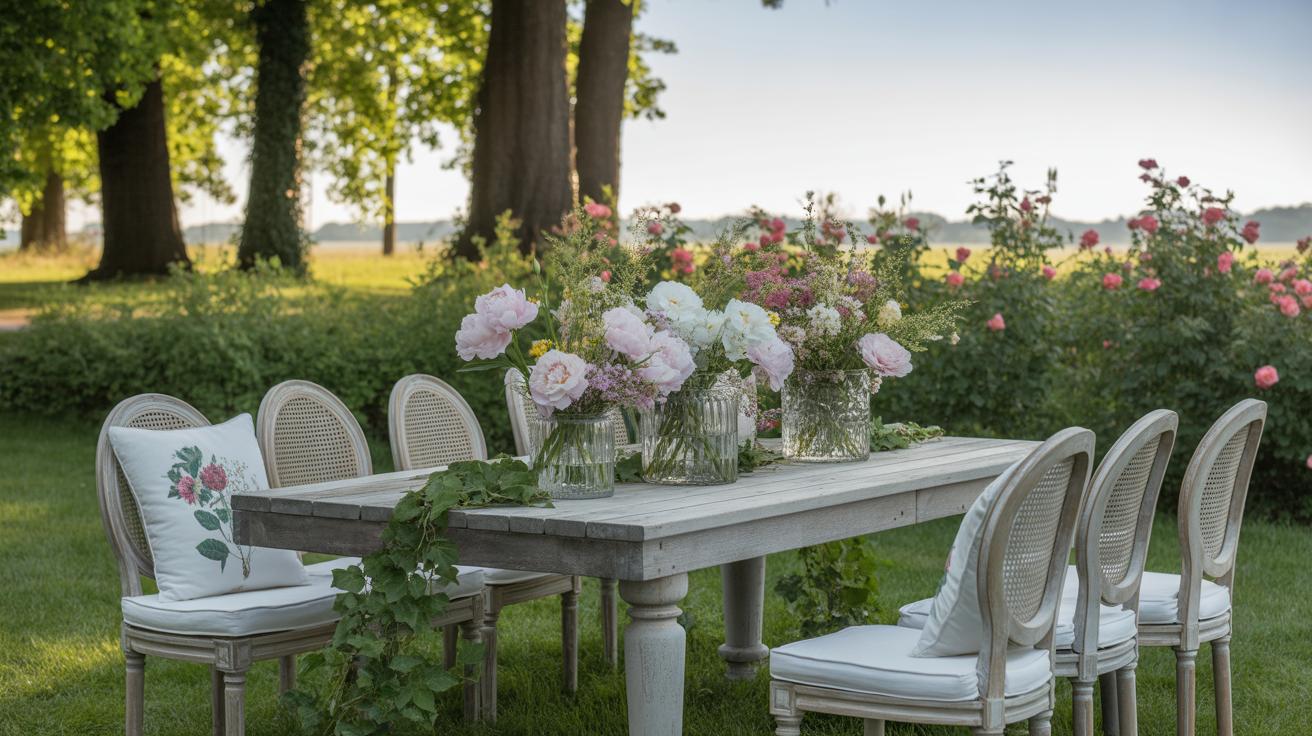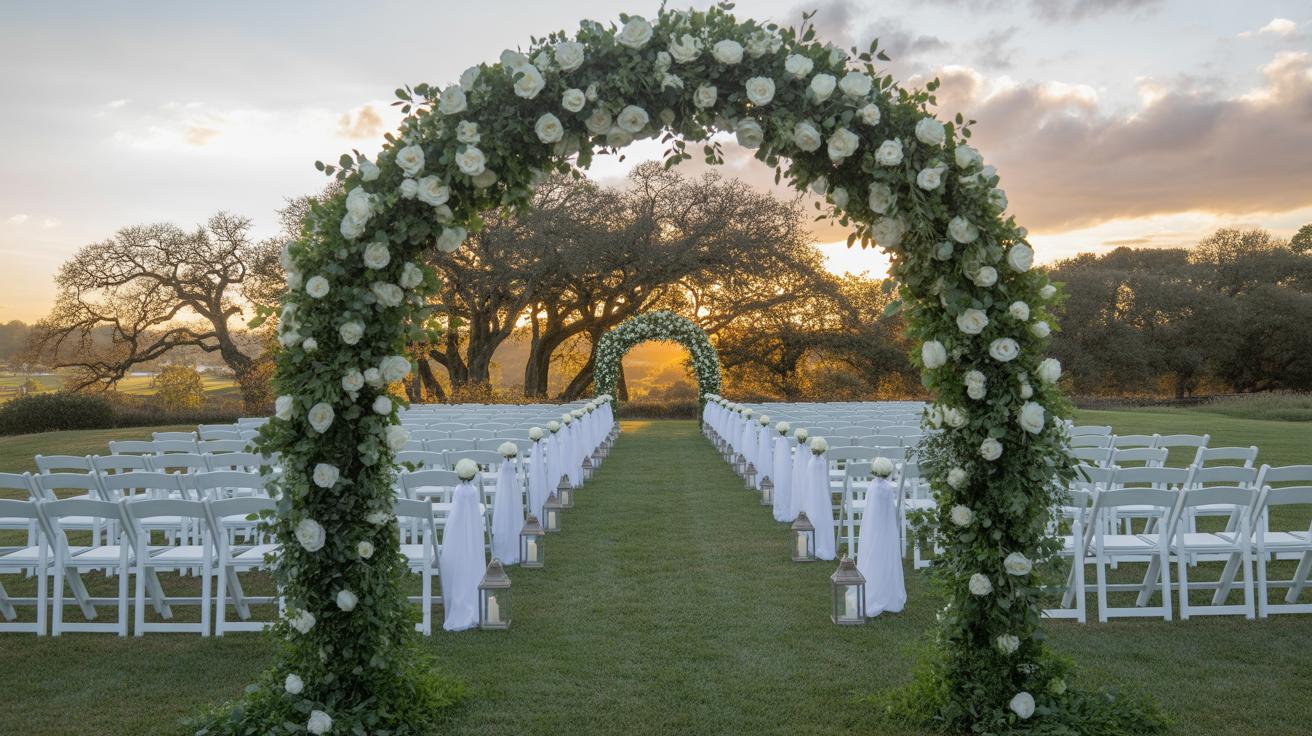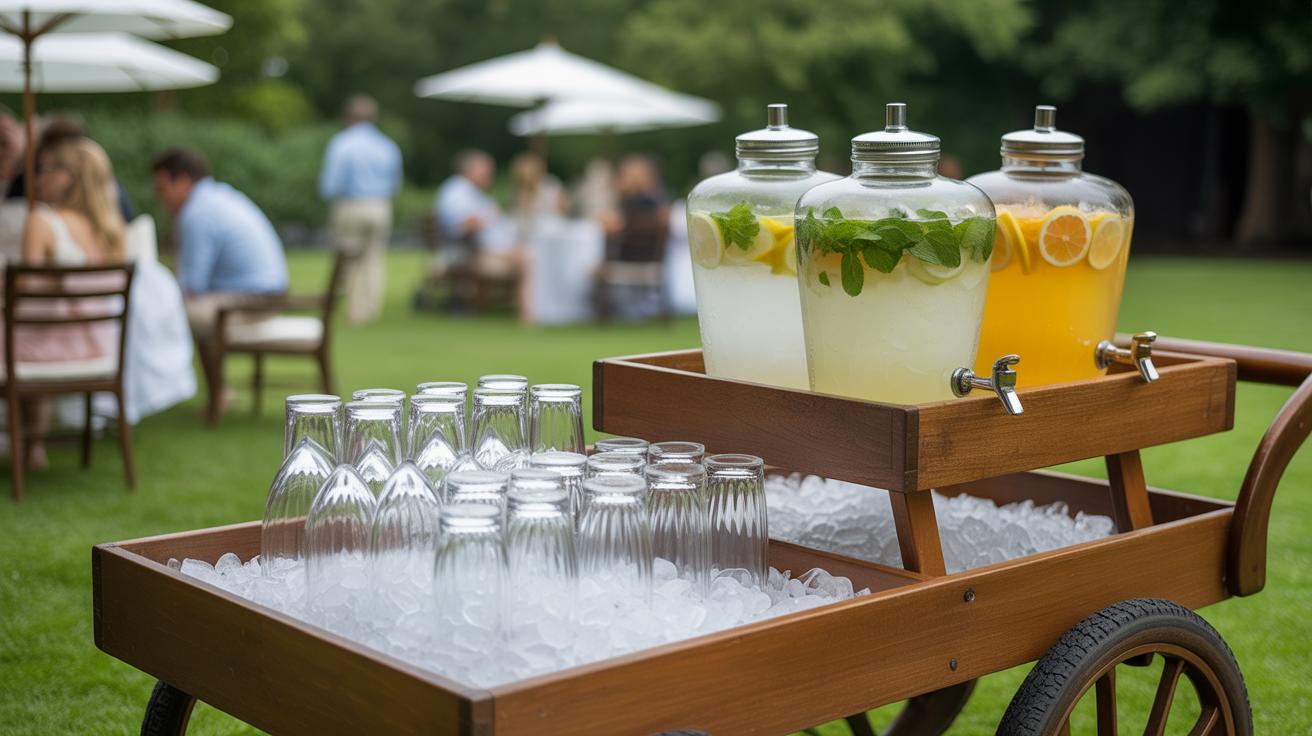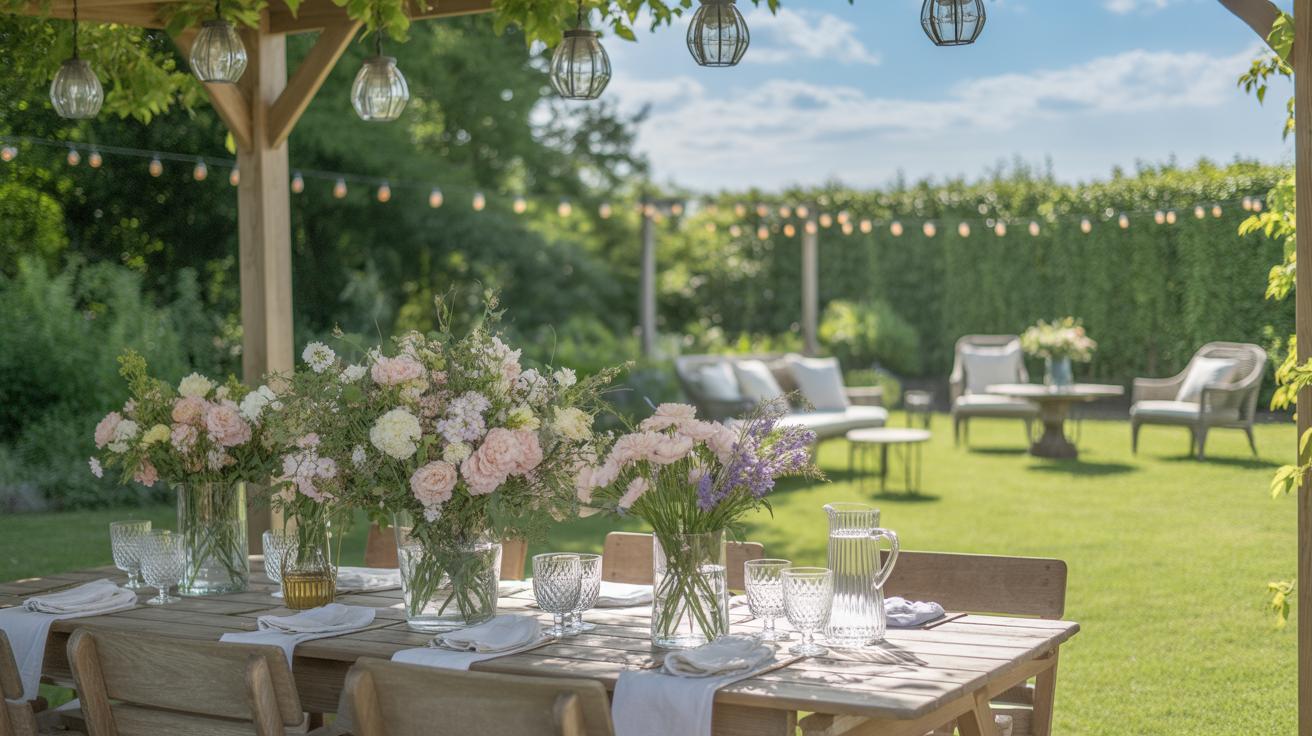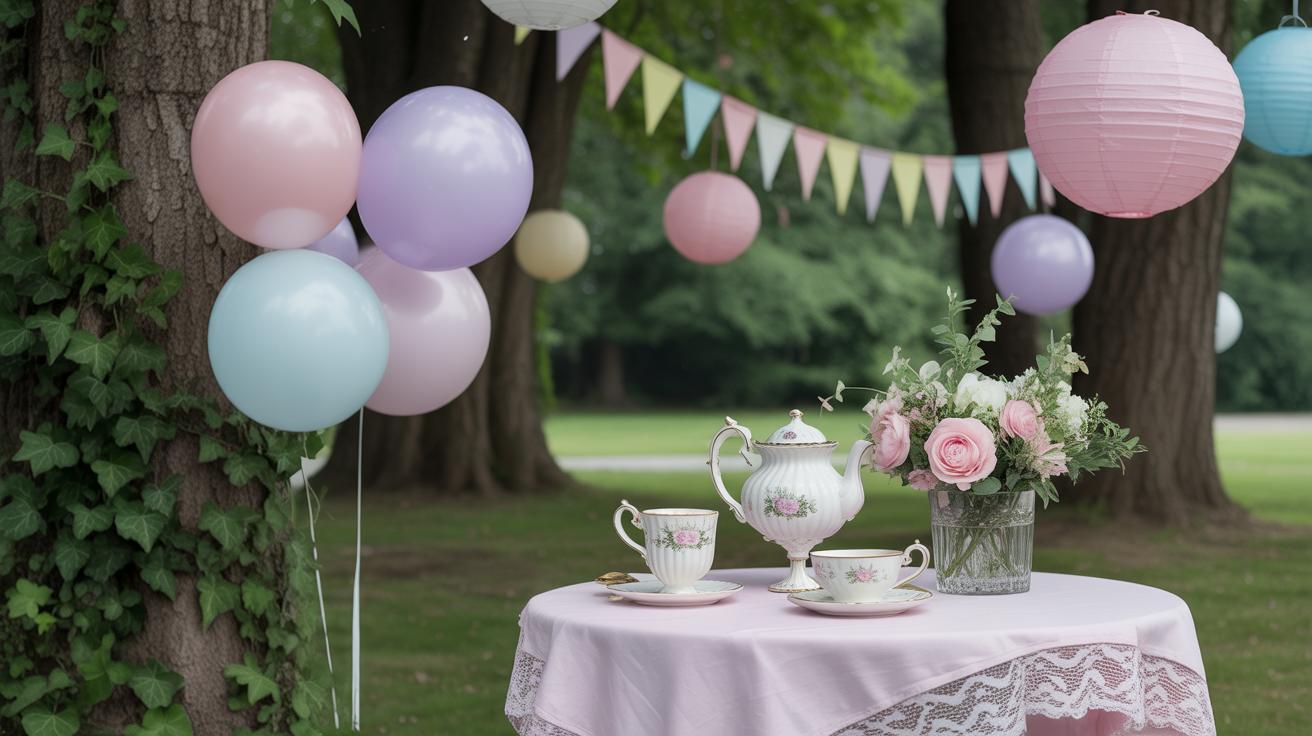Introduction
Spring garden parties bring a breath of fresh air and a splash of color to any gathering. One simple way to welcome your guests and set a festive mood is with a fresh floral wreath. These wreaths not only beautify your garden entrance or party space but also offer a delightful first impression that ties in with the season’s vibrant energy.
In this article, you will find a variety of floral wreath ideas perfect for your spring garden party. We will explore easy ways to choose flowers, craft your wreath, and style it to fit your party theme. With practical tips and inspiration, you can create a warm and inviting setting that makes your event memorable.
Importance of Floral Wreaths in Spring Garden Parties
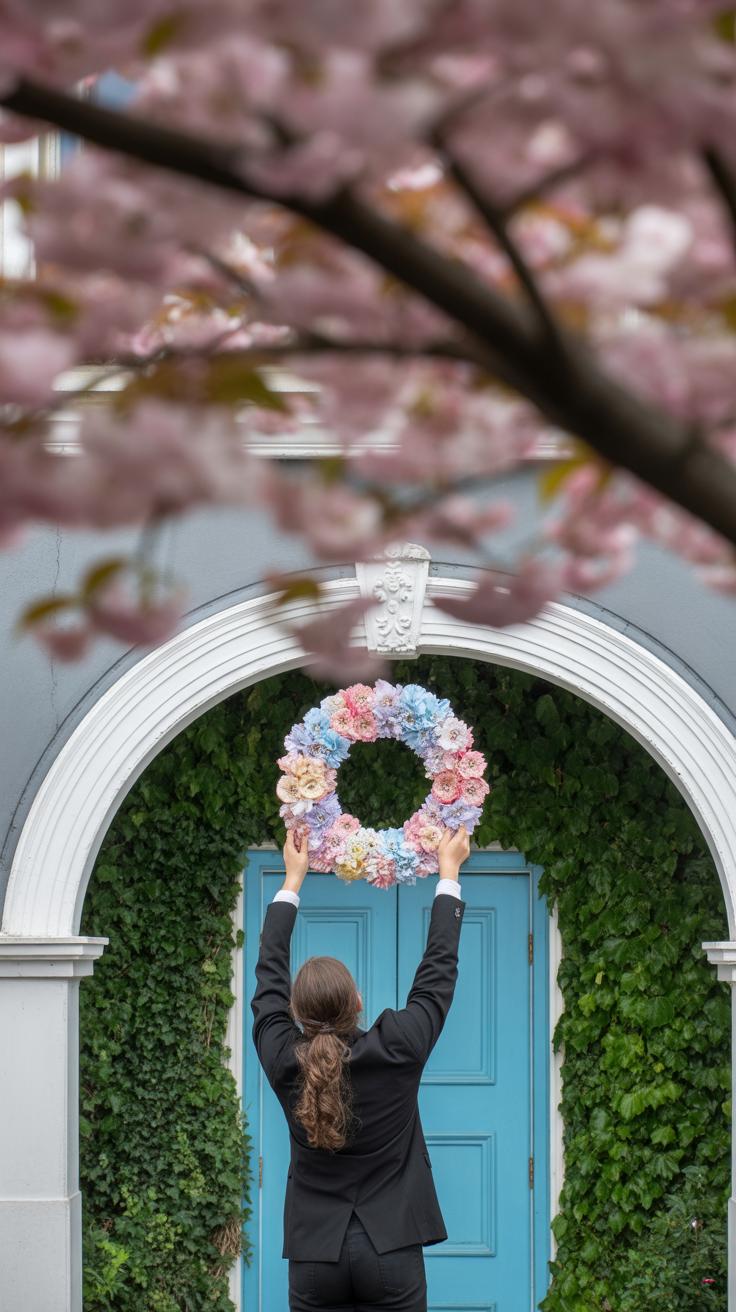
Floral wreaths do more than just decorate a space—they set a vibe. When guests arrive at a spring garden party, the first thing they often notice is the entrance. A well-crafted wreath can quietly say, “You’re welcome here,” without needing words. It invites people to step in and relax, making the atmosphere feel warmer and more intimate.
Think about the last time you saw one. Maybe it caught your eye because of its colors or the way it blended with the rest of the garden. Wreaths can act like a preview of what’s inside—the mood, the theme, the care put into the event. They bring cohesiveness without calling too much attention to themselves. And if you want to pull off a style that’s unique or unconventional, wreaths can show your personality, even before guests have entered.
Setting the Tone for Your Party
A floral wreath at the entrance doesn’t just decorate; it sets the entire tone. Whether your party is casual or more elegant, the wreath can hint at what’s to come. Picture a bright wreath full of daisies and wildflowers for a relaxed vibe. Or perhaps something more refined, with pale roses and soft greenery, suggesting a quieter, delicate affair.
Guests might not consciously realize it, but such details influence their mood. It’s welcoming without overwhelming. A wreath says you’ve thought about the experience from the start, not just the food or seating arrangements. It’s like a first impression that lingers, shaping how people feel as they mingle and move through the space.
Connection to Spring Themes
Spring is about fresh starts, growth, and daylight increasing. Floral wreaths echo those themes naturally. Using fresh flowers and plants celebrates the season’s shift from winter’s stillness to vibrant life. Each bloom, each leaf seems to tell a story of nature waking up again.
A wreath can bring that seasonal energy right to your doorway, reminding everyone that this party belongs to spring’s time. It’s more than decoration—it’s part of the experience. You might feel connected to the cycles of growth and renewal, even if only subconsciously, and that connection can enhance the way guests enjoy the party.
Have you ever noticed how certain flowers just feel “springy”? Like tulips or lilacs? Including those can strengthen that bond. It’s a subtle reminder of the world outside, growing and buzzing with life, which fits perfectly with the spirit of a garden gathering.
Choosing Flowers and Greens for Your Wreath
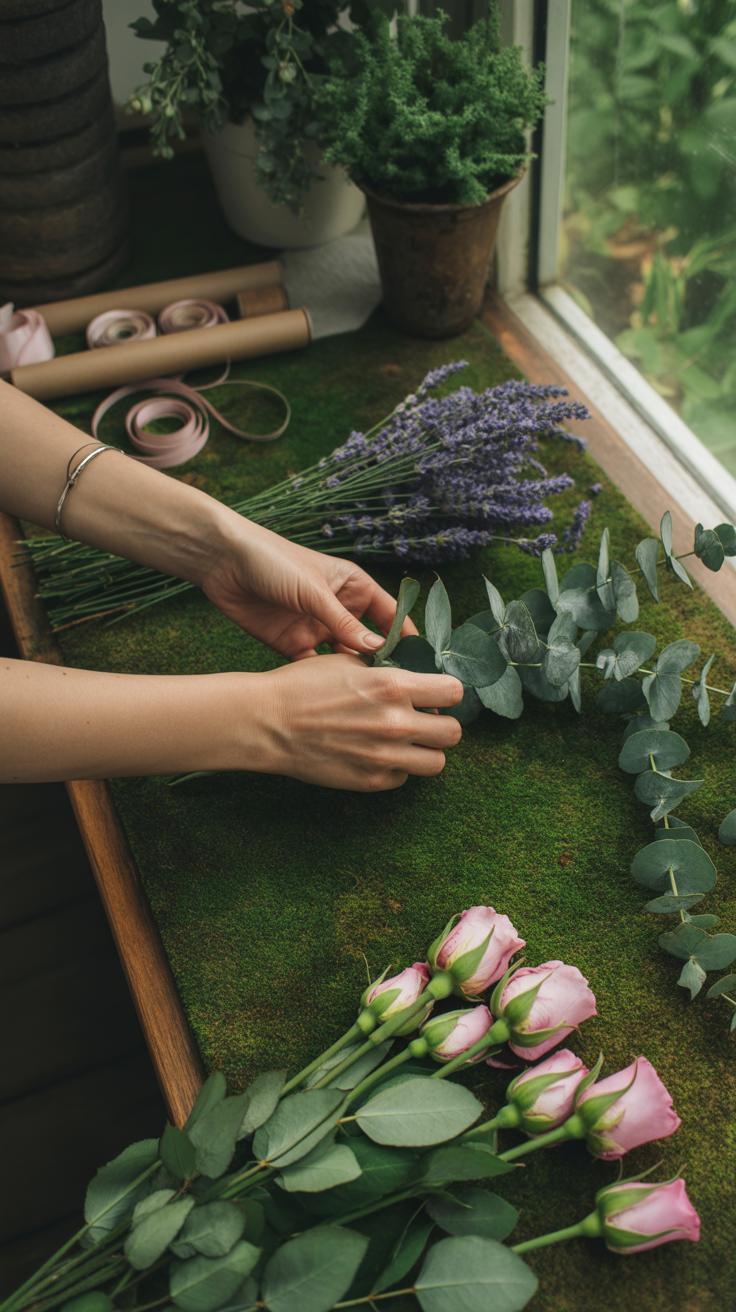
Picking the right flowers and greens for your spring wreath is more than just choosing what looks pretty. You want blooms that last through the party but also bring the right feel. Color plays a big role here—soft pastels like pale pinks or yellows can feel gentle and welcoming, but don’t shy away from bolder hues if you want a bit more energy at your garden gate. Scent matters too; a hint of fresh fragrance from hyacinths or lilacs can pull guests into that spring mood immediately. Yet, some flowers might be less hardy once cut, so you’ll want to think about how long your wreath needs to hold up.
Popular Spring Flowers for Wreaths
Tulips are a classic, offering shape and variety in color, even if their scent is subtle. Daisies bring a cheerful touch and stay fresh for quite a while, which is helpful if you’re prepping ahead. Hyacinths add that strong perfume—though you might use them sparingly if you don’t want the scent overwhelming the space. Other options include ranunculus, with their delicate layers, or small clusters of cherry blossoms, if you can find them. Each flower changes the vibe a bit; how do you want your guests to feel the moment they arrive?
Selecting Greens and Foliage
Greens do more than fill gaps—they add texture and depth. Eucalyptus leaves, with their silvery tone and subtle aroma, can soften a wreath beautifully. Ivy brings a classic, trailing look and can make arrangements seem more lush, but quick drying might be an issue. Ferns offer a feathery lightness, though they can dry out faster than sturdier greens like boxwood. Mixing textures can be effective. If you choose only one type of green, the whole wreath might feel a bit flat. What greens do you have available, and how permanent do you want your wreath’s look to be?
Basic Tools and Materials for Wreath Making
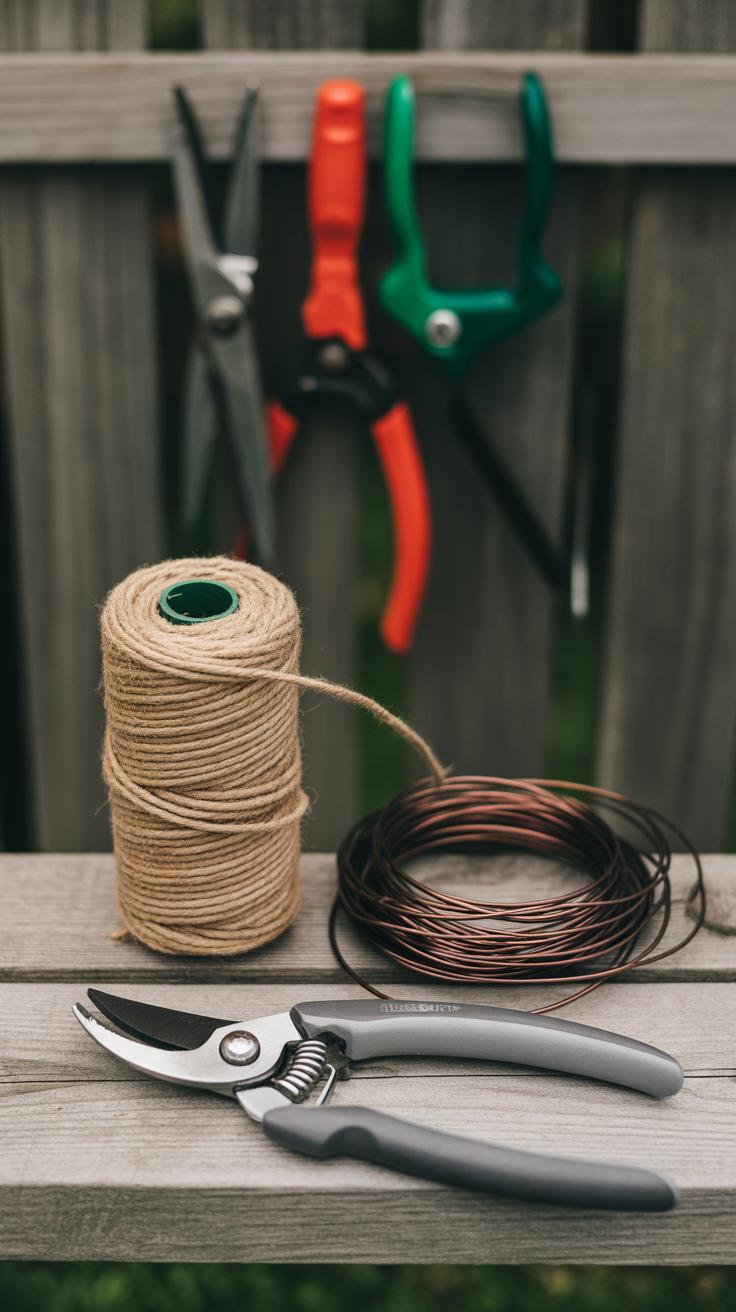
When starting your wreath-making project, gathering the right tools and materials makes all the difference. You’ll want a sturdy base to build on—this supports your flowers and greens so they stay arranged nicely throughout your garden party. Bases come in a few common types that each bring something different to the table.
Wreath Bases Explained
Grapevine bases are a favorite for spring wreaths because they have a natural, rustic look and hold stems well. Foam bases let you stick water-soaked floral picks to keep flowers fresh longer, but they can feel a bit stiff or artificial. Wire frames are flexible and lightweight but need extra support like moss or a wrapping to hide the bare metal and provide grip for foliage. If your party theme leans informal, grapevine might suit you best. For a polished look, foam might be tempting—though it requires careful watering.
Essential Tools for Crafting
Essential tools tend to include floral wire to secure individual blossoms or greenery to your base without much fuss. Wire cutters are non-negotiable—you’ll manage stem lengths and trim wire easily. Sharp scissors come in handy for trimming leaves or softer stems. Floral tape helps bundle delicate stems or reinforce weak points. I’ve found even a simple pair of wire snips makes the job quicker and less frustrating. You might start thinking you don’t need all these tools, but you often discover they save time and keep your wreath neat during assembly.
StepbyStep Guide to Creating Your Floral Wreath
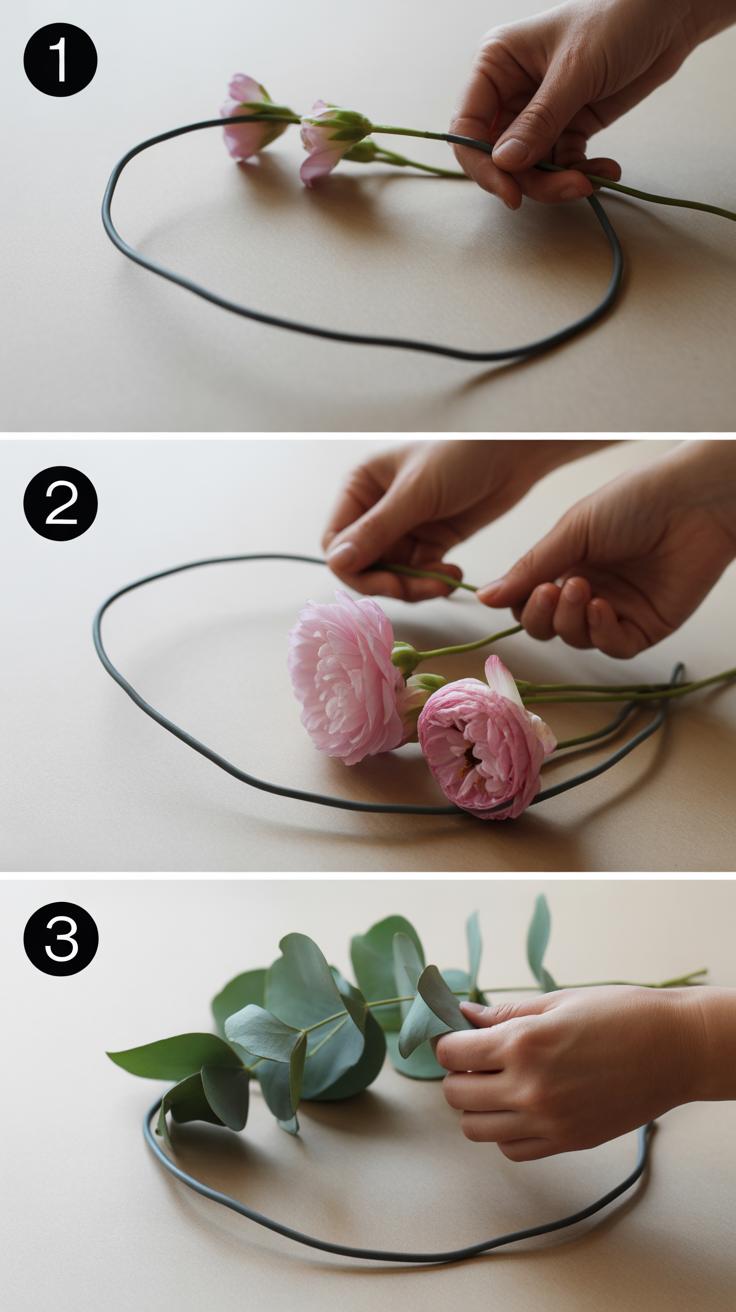
Preparing Your Flowers and Greens
Start by picking your flowers and greenery carefully. Ideally, choose fresh blooms that still feel firm to the touch. You want stems that hold up well but aren’t too woody or brittle. Cut each stem at an angle to help them soak up water better, and strip away any leaves that would sit below the wire or base to avoid unnecessary bulk or rot. If your greens have very long stems, trimming them down to fit your wreath base size makes the assembly easier.
Let your flowers rest for a bit in water before you start. It gives them a chance to hydrate, especially if you collected them early in the morning when they’re usually the freshest. I sometimes forget this step and regretted it later when my wreath looked droopy quickly.
Assembling the Wreath
Begin with your wreath base, whether it’s foam, grapevine, or wire. Attach a few sprigs of greenery first. These act as a foundation and help hide your wiring as you work. Secure them tightly with floral wire, wrapping it so that the stems feel stable but not crushed. Work your way around in sections, layering greens in one direction for a natural flow.
Next, add your flowers. Group similar blooms together or mix them randomly, which is really up to you. Push their stems gently into the base when possible, or wrap wire around the stems and base to keep everything in place. Don’t overthink symmetry; wreaths often look more inviting when they’re not perfectly even. Some clusters denser, some lighter—this creates an organic feel that suits spring best.
Try stepping back occasionally. Is there a gap, a lonely spot? Fill it with a small spray of buds or leaves. The balance isn’t about perfect spacing but rather about how the whole thing feels when you look at it. You’ll know when it’s just right, even if you can’t explain why entirely.
Creative Wreath Design Ideas for Your Party
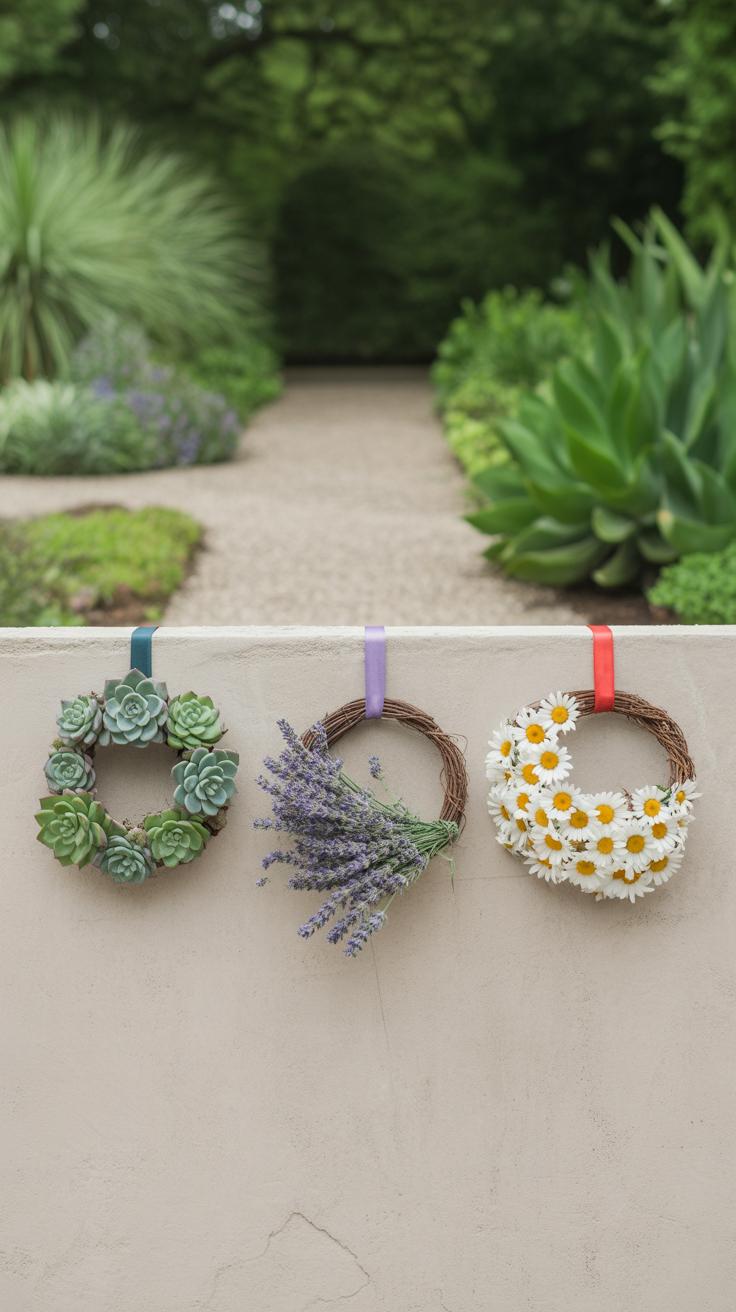
When it comes to making your wreath stand out at a spring garden party, the way you combine colors and shapes really matters. Think beyond the typical round frame—try asymmetrical layouts or layered circles for some unexpected depth or movement. Mixing flower sizes works well too, like pairing tiny daisies with larger peonies or greenery. It adds dimension without feeling cluttered, though sometimes you might want a more uniform look depending on your vibe.
Color choices can make or break the visual impact. Pair contrasting shades like soft pastels with bright pops of coral or yellow to catch the eye. Or go tonal, using varied shades of the same color, which feels more soothing but may risk looking plain unless balanced carefully.
Non-floral elements can give your wreath that extra touch. Ribbons bring texture and a sense of flow, especially silk ones that catch light nicely. Small berries or seed pods add unexpected texture and a bit of rustic charm. Last spring, I added tiny vintage buttons I’d collected—in hindsight, maybe a bit quirky but guests loved spotting them. Other ideas include delicate feathers or even small ceramic charms to reflect the party’s theme. It’s about what feels right and what fits your garden’s personality.
Would you lean towards bold contrasts or subtle blends? The key is to play around until you find a combination that feels unique to you. And don’t be afraid to break usual rules—sometimes a little imperfection makes the wreath even more inviting.
Displaying Your Floral Wreath at the Garden Party
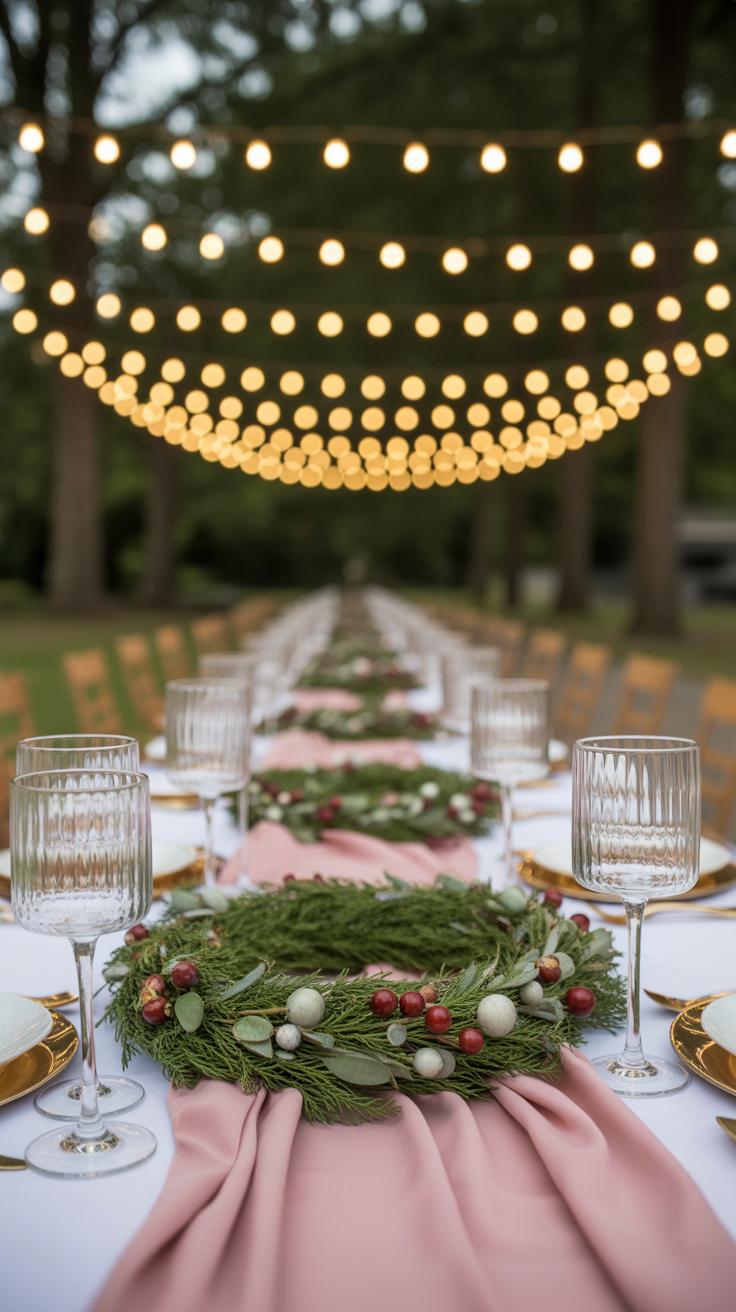
Choosing the Right Location
Where you place your wreath can change how guests feel the moment they arrive. The door is an obvious choice, but don’t overlook garden gates or even walls near the entrance pathway. These spots naturally catch the eye, but you might want to think about where the sunlight falls—early light can highlight colors beautifully, while harsh midday sun might wash out delicate blooms.
Consider how close your wreath is to other decorations too. Sometimes, a less obvious spot off to the side gives the wreath its own spotlight without competing elements. I remember one party where the wreath on the garden gate set just the right tone, creating anticipation before guests even reached the house.
Ensuring Wreath Stability
Outdoor conditions aren’t always gentle. Wind, humidity, or even a stray branch can shift your wreath, so securing it well matters more than you might expect. Simple hooks or nails often do the trick, but pairing them with strong wire or twist ties adds extra steadiness.
If you must hang it on a wooden door, small suction cups with hooks can work too, though they might struggle if the surface is textured or uneven. For garden gates, zip ties can fasten the wreath firmly without damaging the structure. Sometimes, I’ve even used clear fishing line because it’s strong yet nearly invisible.
Remember to check stability periodically during the event; you don’t want the wreath to tilt just as guests are admiring it. Getting this right can be a bit fiddly, but it pays off—your wreath stays put and keeps welcoming everyone without a hitch.
Maintaining Freshness Before and During the Party

Keeping your floral wreath looking lively from the moment you create it until the party winds down is trickier than it may seem. Flowers can be surprisingly sensitive, and a dry day outdoors can quickly dull their charm. To slow wilt, a gentle misting every few hours helps without soaking the wreath. I’ve noticed that spraying water too heavily can make petals soggy, so light is better.
Water picks are another handy trick. Inserting small water tubes into the base of bigger blooms ensures they get hydration, especially if your wreath has dense or heavy flowers. Refrigeration also helps — if you can store the wreath in the fridge overnight or a few hours before guests arrive, it keeps everything crisp. Just avoid putting it near fruits, which release gases that age flowers faster.
Handling outdoors is a bit of a balancing act. Sunlight warms up flowers faster than we expect, so placing wreaths in shaded spots protects them without hiding them away. Wind is less forgiving — it can nudge petals off or dry out moisture. If the site is breezy, a light net or shield might help. And about heat: if the day grows hotter, repositioning your wreath to cooler areas or indoors briefly can make a difference.
Have you ever had a flower that seemed perfectly fine one minute but drooped in a flash? That rapid change is why checking your wreath’s condition frequently pays off. Sometimes a quick spritz or a tweak to the placement keeps it fresh longer than anticipated.
Using Floral Wreaths to Enhance Party Themes
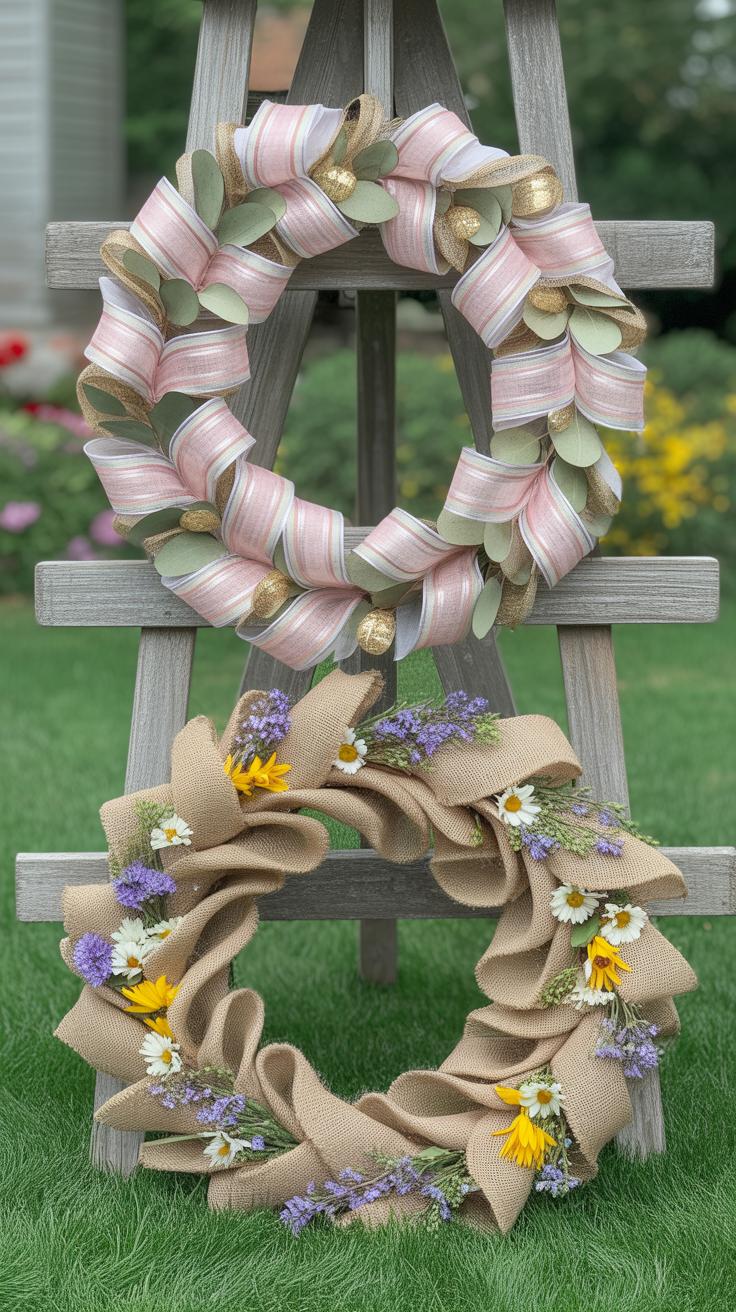
When you think about your spring garden party, the little details make a big difference. Floral wreaths can really pull everything together, creating a sense of cohesion that guests might not even consciously notice but will definitely feel. If your party has a vintage vibe, for instance, wreaths with soft roses, baby’s breath, and muted greenery can echo that mood. For a more modern, minimalist look, simpler wreaths with succulents or monochrome flowers might suit better. The key is choosing wreaths that don’t just sit on the door but actively contribute to the story your party is telling.
Pick a handful of elements that appear elsewhere in your décor—maybe the same types of leaves or flowers—and repeat those in your wreaths. This repetition builds a visual connection. It’s like the wreaths are little chapters in the larger conversation of your party’s design.
Matching Wreaths to Color Schemes
Your color palette guides so much, whether you want soft pastels or bold primaries. To match wreaths to this, start with the main color but don’t stop there. Adding complementary or even unexpected accent flowers can spice things up without clashing. If your palette is blush and cream, toss in a few touches of sage green or dusty blue. It helps to sample a small bouquet before assembling the whole wreath to check the mix. I’ve learned this the hard way—what looks good in theory could feel off in reality.
Also, think about the setting. Bright yellows might look stunning against dark wood doors but could disappear on white walls. Color context matters, which is something you might overlook until the wreath is hanging and you step back to look.
Incorporating Seasonal and Personal Touches
Seasonal touches ground your wreaths in the moment. Early spring flowers like tulips or crocuses signal fresh starts, while late spring choices might lean to peonies or lilacs. Adding hints of twigs, seeds, or small branches can remind guests that this isn’t just decoration—it’s part of the season. Personal touches can be objects or themes close to you. Maybe a favorite flower, or something that reflects the reason for celebration, like tiny charms or ribbons in meaningful colors. It doesn’t need to be overt; sometimes subtlety works better.
I once saw a wreath with tiny framed photos tucked inside, bringing a quiet intimacy. It resonated differently than just flowers alone. So, don’t be afraid to experiment—your wreath can be a little narrative of your party’s personality and the time of year it celebrates.
Conclusions
Using fresh floral wreaths at your spring garden party adds natural charm and welcomes guests in a thoughtful way. You have learned how to pick the right flowers and greens, and how to make your own wreaths with simple tools and steps. These wreaths become not just decorations, but symbols of celebration and care.
Try out the ideas shared here and customize your wreaths to match your garden and party style. With just a little effort, your spring garden party will gain a special touch of beauty and warmth that guests will appreciate. Start planning your wreath and enjoy the vibrant feel of spring with your friends and family.


